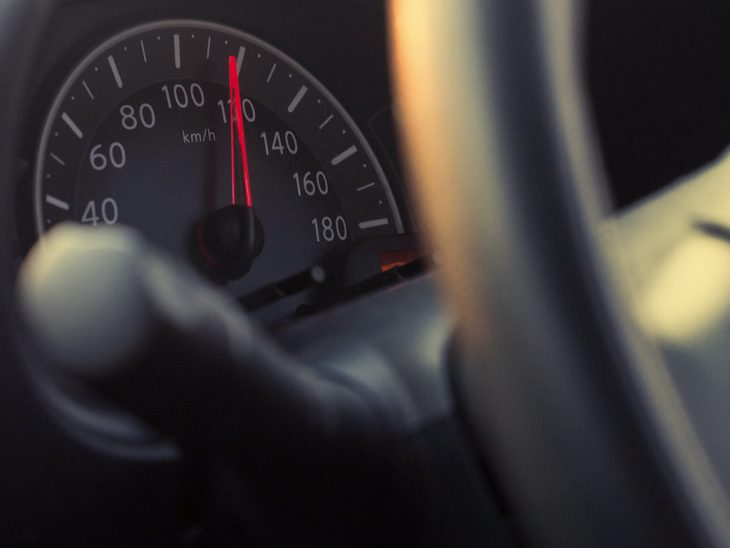Fleet and commercial drivers are among the main culprits of the increased levels of speeding seen during lockdown, leading to increased calls for businesses to take action.
Backing recent motoring research and police figures on drivers flouting the limit, new figures from VisionTrack show commercial drivers are amongst those speeding during the lockdown, with overall incidents increasing by 2.61% despite a 22.6% reduction in the number of miles driven.
Analysis by the firm’s Autonomise.ai IoT platform showed that average monthly speeding events rose from 53.09 to 64.62 per vehicle when comparing February data to April; an increase of 21.72%. Meanwhile the distance between speeding events dropped from one every 30.70 miles to one every 23.15 miles; a decrease of 24.59%.
However, harsh driving events excluding speeding reduced by 28.02% in April during the lockdown, including a decrease in harsh braking (32.44%), harsh turning (22.72%) and harsh accelerating (12.55%).
But rather than suggesting an improvement in behaviour, VisionTrack said the data more likely indicates that speeding and aggressive drivers were not being held up as much by other road users due to the significantly lower levels of traffic on the roads.
The research follows ongoing reports of “extreme” speeding and general bad driving during the lockdown.
Tweets by Detective Sergeant Andy Cox, Scotland Yard’s lead officer on roads policing, have revealed a series of incidents over the Easter weekend, including footage of a driver doing 151mph on the M1 before he was stopped in a police chase and escaped from the vehicle, as well as a driver caught doing 97mph in a 40mph zone on the A10 and six offences of +100mph on the A13.
Road safety organisations including IAM RoadSmart have already warned about the risks for fleets from speeding drivers, and Richard Lane, commercial director of VisionTrack, has also emphasised the need for businesses to be on their guard.
Lane commented: “These findings show that fleet and transport operations cannot lose focus or become complacent about the dangers of irresponsible and illegal driving. With less vehicles on the road there is a temptation to drive faster than normal, but there is still a high number of vulnerable road users that are particularly at risk. Businesses need to engage with their drivers to ensure they understand their responsibilities during the lockdown and are aware of the potential threat not only to life but also brand reputation.”
His warning comes as police forces across the UK implement a speed enforcement operation. Announced after the Met Police said it was clamping down on speeding, the crackdown by the National Police Chiefs’ Council (NPCC) is in line with the gradual relaxing of lockdown restrictions and sees police forces throughout the UK taking part in a two-phase operation to remind motorists of the importance of travelling within the speed limit.
Phase one – in place from Monday 18 May – sees police forces share messages across social media and other platforms encouraging the public to slow down and save lives, in addition to normal speed enforcement activity.
Phase two – from 25May – will see forces step up visible speed enforcement activity for the following two weeks, focusing on roads and areas where speeding is known to be an issue or there is a history of serious collisions.
Chief Constable Anthony Bangham, roads policing lead for NPCC, said: “Unsurprisingly, the lockdown saw very quiet roads. Many forces reported increased speeding in a general sense and some forces reported instances of very excessive speeding. It is also of particular note that we have seen an increase in pedal cyclists at this time, many of whom may be unfamiliar with busier roads. Pedestrians and runners have also got used to empty roads.
“Put this together with better weather, lighter evenings, motorcyclists itching to ride out across our country roads and you have the concerning combination of factors for a significant increase in people being killed or seriously injured. I am determined for this not to be the case.”











































